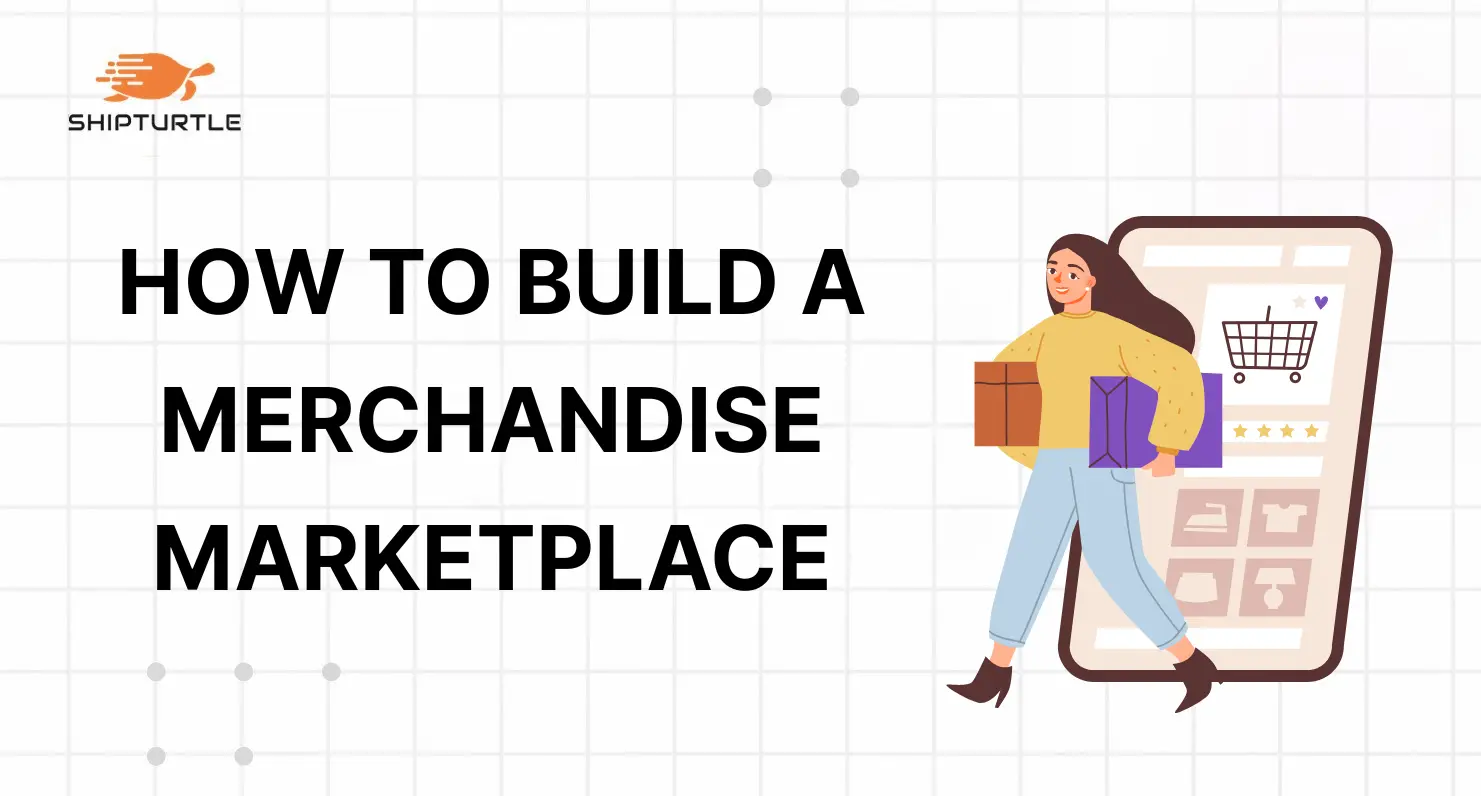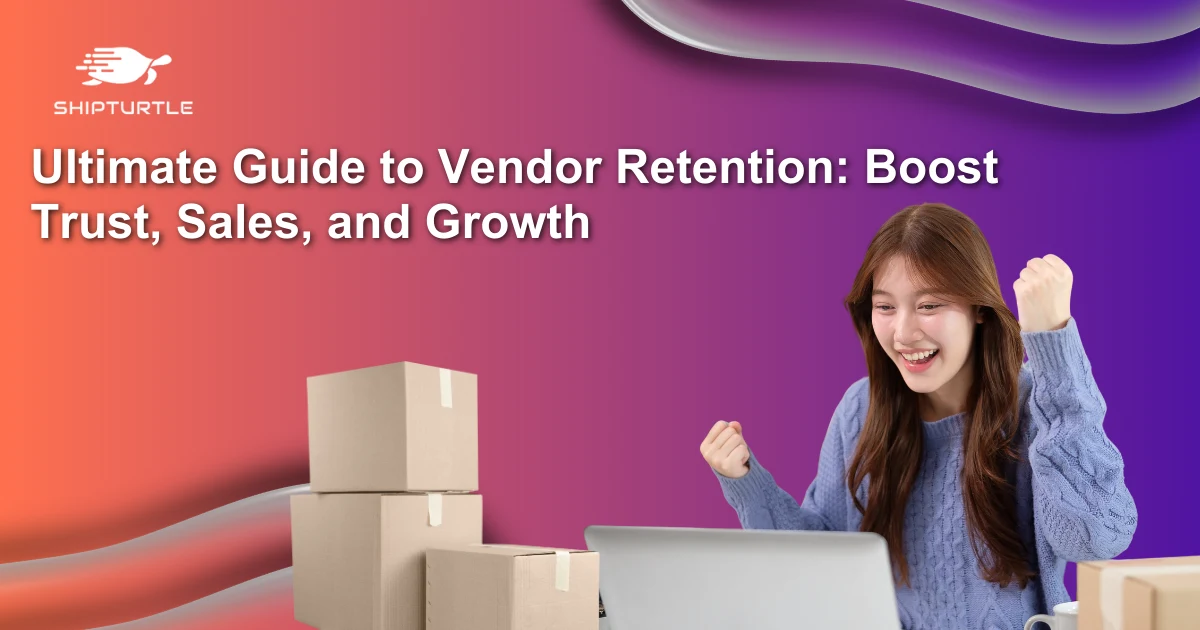
Table of Contents
Perfect for aspiring entrepreneurs, creators, small business owners, and D2C brands who want to launch or scale an online merchandise marketplace.
A merchandising business is about creating products or services that represent your brand, community, or idea—and selling them through the right ecommerce platform. In 2025, you don’t just need an online store—you need a marketplace model that fits your vision. Here are the common types of marketplaces you can explore:
1. Single-brand merchandise store: Ideal for startups, creators, or local businesses selling custom merchandise (like T-shirts, mugs, stationery, or digital downloads).
2. Multivendor marketplace: Think of Amazon or Etsy—where hundreds of sellers list their merchandise business under one roof. By using platforms like Shopify or WooCommerce, you can convert it into a multivendor marketplace with the right plugins.
Further, you can focus on a specific niche—say gaming merchandise, sustainable fashion, or sports fan gear.
3. Community-driven marketplace: Great for creators, influencers, or organizations where the business must revolve around audience participation. For example, fans submit designs, and you sell them as custom merchandise.

Marketplaces scale effortlessly—add vendors or verticals to expand.
While starting with an online shop is common, many creators realize that the marketplace business model sets them apart. Instead of selling only their own merchandise, they can invite other vendors, offer more products to sell, and increase marketplace revenue.
A Deloitte-Ficci report found online marketplaces influence 73% of purchasing decisions.
Last year alone, B2C marketplaces accounted for 63.5% of online retail sales, and 62% of global eCommerce sales came through marketplaces.
From art businesses to large online shopping centers, the ability to create a marketplace opens doors for higher business sales and faster growth.

A marketplace business model is smarter:
A solo brand shop works best when you have a unique product line, a strong story, and want to stay laser-focused on one category. But in 2025, the real opportunity often lies in creating a marketplace business model—especially in industries where variety, personalization, and community play a big role.
Here’s when a marketplace makes more sense:
Several entrepreneurs are already using Shopify + Shipturtle to start an online store, then expand into a marketplace platform. This allows them to create and sell globally, handle sales tax, and manage vendors under one system.
Explore interesting case studies:
For 80% of new marketplaces, Shopify or WooCommerce paired with a multivendor plugin like Shipturtle is more than enough to launch and grow without the upfront burden of custom builds.
This choice depends on your business goals. If you want to run a bigger retail business, focus on building a successful marketplace.
Your marketplace software determines how fast you can scale and how well you can manage sellers.
To meet the rising expectations, building a marketplace platform in 2025 isn’t just about setting up a storefront; it’s about creating an ecosystem where vendors, buyers, payments, and logistics connect seamlessly.
With the right tools, automation, and multivendor plugins, your marketplace can scale faster, cut costs, and stay ahead of outdated models like dropshipping.
Here are the core modules every multivendor marketplace needs — all available in Shipturtle:
With Shipturtle, you don’t need 8–10 separate tools. Everything is pre-integrated into one all-in-one marketplace stack— saving you time, cost, and complexity.
Customers expect Amazon-like smoothness, and sellers want timely payouts.
The goal is to remove manual steps — from checkout to shipping to payouts — so both buyers and sellers trust your marketplace. With an all-in-one solution like Shipturtle, payments and logistics don’t just integrate — they work together seamlessly:
Platforms like Shipturtle already have native integrations with major payment gateways and flexible commission setups and hierarchies (on five different levels: global, seller, category, product, channel) — saving you the trouble of stitching tools together.
With Shipturtle’s 200+ built-in shipping integrations, you can manage global and hyperlocal deliveries in one place — without relying on multiple plugins.
40%
Faster growth in sales for businesses that use marketplace software like Shipturtle to automate vendor management compared to those running single-seller stores.
This section walks you through the essentials so you can go live quickly and attract both sellers and buyers.
Step 1: Research your business model and niche: Pick a niche market (e.g., art business, collectibles). Study potential customers, business size and objectives, and choose a niche business model.
Step 2: Finalize your business plan: Define business goals, a pricing strategy, your store name, and target online shoppers.
Step 3: Select products to sell or start a print on demand.
Choose products to sell (apparel, mugs, posters).
For lower risk, start a print on demand business first.
Further, we have extensively covered top performing niches to explore building a multivendor marketplace:
Step 4: Build your online store or create a marketplace: Use Shopify to create an account, set your store name, and either launch a solo online shop or create a marketplace with Shipturtle.
Step 5: Set up payment processing and vendors.
Choose Stripe/PayPal.
Connect vendors via marketplace software to manage inventory, sales and build credibility.
Step 6: Market and sell online.
Step 7: Scale into a successful online brand: Expand your business sales, invite more vendors, add more products to sell, and transition into a successful online marketplace.
2025 is the best time to start your business in merchandise.
With the rise of ecommerce platforms, even a startup or local business can start selling custom products, gain visibility, and build a successful merchandise business without heavy investment.
You can start an online store without stocking inventory—just provide a platform for online retailers and vendors to sell products, while you earn commissions. This business structure helps you operate online, explore new online business ideas, and scale faster than traditional dropshipping.
To start a successful merchandise business from scratch, you’ll need the right business name, a merchandise license, and a clear way to create and set your prices. What sets you apart is how you create content, use smart marketing strategies, and build trust with both buyers and sellers.
Whether you’re planning to start their own business or grow an existing one, 2025 makes it easier to build and run a successful business by selling a product or service online. Many online businesses are already tapping into platforms and marketplaces that simplify payments, logistics, and online sales.
As a multivendor ecommerce platform enabler, it allows you to build and run your own successful merchandise business by giving vendors space to list items on your store while you earn commission from online sales. Unlike dropshipping, you don’t need to pay vendors upfront—you provide the marketplace, they bring the products, and you both grow.
With Shipturtle, you can:
If you’re planning to start your business or looking for a way to create a strong merchandise business in 2025, Shipturtle helps you move from idea to execution—and scale with confidence.
Consider to book a demo to learn more about our use cases.
A merchandising business is about creating custom merchandise that reflects a brand, community, or idea and selling it online. With platforms like Shopify or WooCommerce, you can easily start creating merchandise and scale by converting your store into a multivendor marketplace.
The best options are Shopify, WooCommerce, or BigCommerce since they’re scalable, mobile-optimized, and integrate with third-party tools. To go beyond a single store and build a strong marketplace business, you can use Shipturtle’s marketplace plugin to manage vendors, payouts, and shipping seamlessly.
Your business requires features like:
Instead of stitching multiple apps together, tools like Shipturtle provide all-in-one solutions for vendor management and order syncing.
Vendor management is crucial for scaling. You need features like vendor onboarding, product sync, payouts, and automated order routing. A marketplace plugin such as Shipturtle for Shopify or WooCommerce helps you manage vendors efficiently while keeping the customer experience seamless.



Get advanced shipping, configurable vendor management, payment features, and more. Install Shipturtle today from the Shopify App Store and enjoy a free trial to experience its benefits firsthand.
Want to learn more about how Shipturtle can benefit your business? Book a personalized demo with our sales team.
Experience the power of Shipturtle for free. Start your trial today and discover how it can transform your Shopify multivendor store!
Start a conversation! Share this article with your network. Let them know how we can help in improving their multivendor store.
